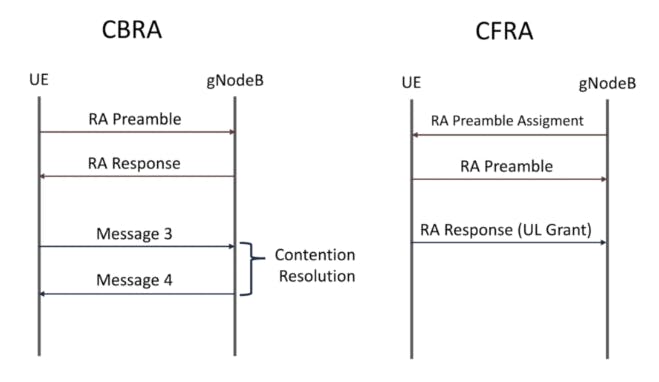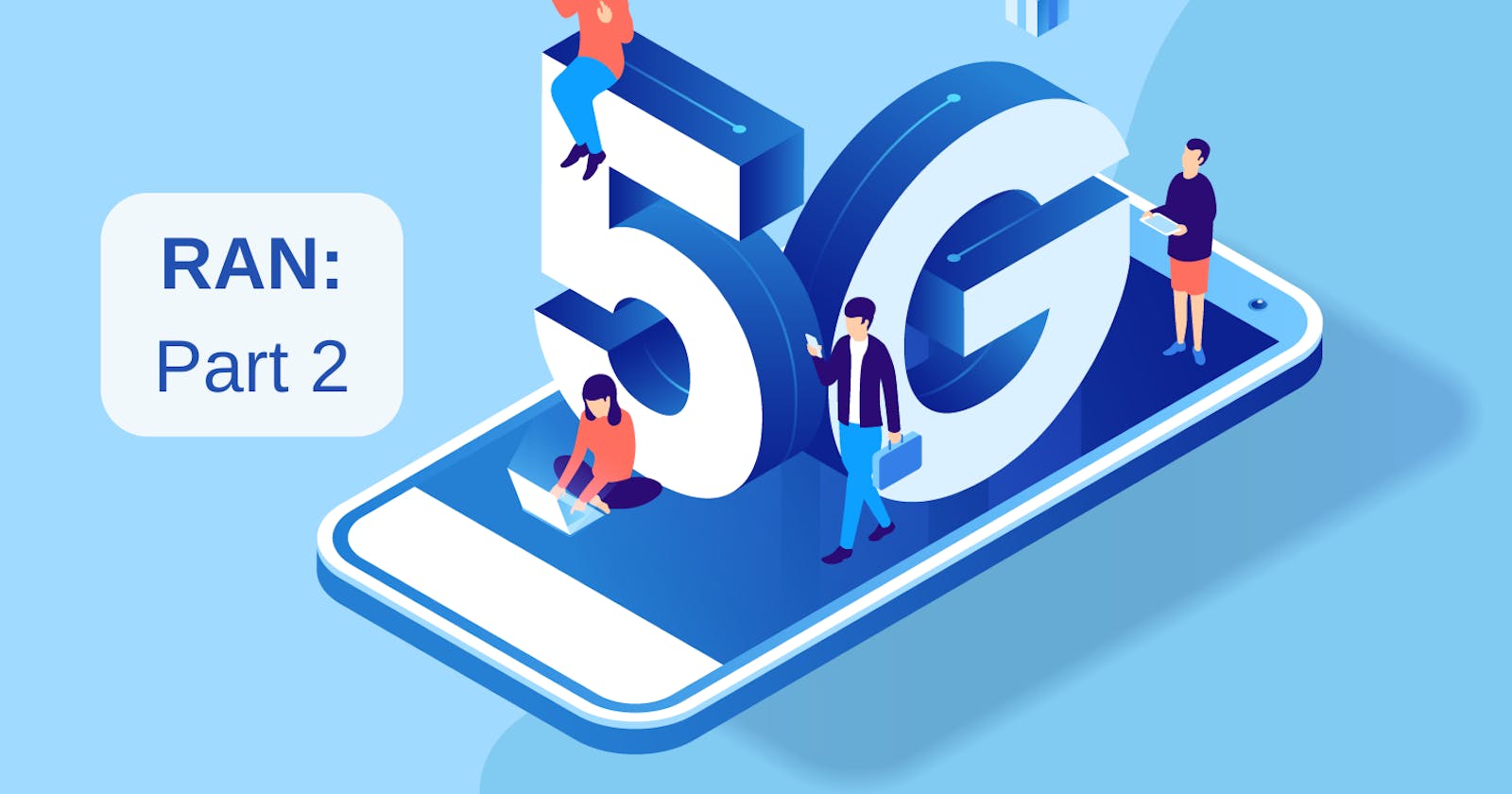Once a device UE indentified a cell using Initial Access procedure, now it can access into the cell using
Random Access procedure.
Random Access Procedure
This Procedure is categorized into two sub-procedures:
- CBRA: Contention Based Random Access
- CFRA: Contention Free Random Access
CBRA: triggered by UE
This procedure can be triggered in following situations:
- RRC Idle to RRC Connected
- Uplink data
- Sync lost
- Sync during Handover
Contention means collision. CBRA occurs when two or more UEs attempt the random access procedure by using the same random access
preamblethrough the same resource.preamble: a signal used in network communications to synchronize transmission timing between two or more systems.
1.) PRACH(Random Access Preamble):
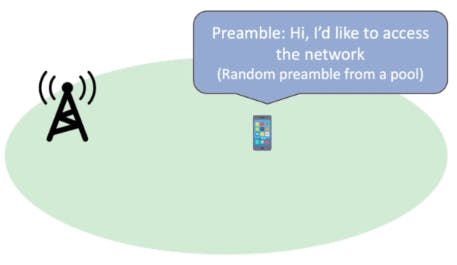
- UE selects a random preamble(used for synchronization) --> based on time adjustments --> based on SS Block. All the uplink transmissions are controlled by network in terms of:
- Timing adjustment commands: estimated by SS block.
If timing estimate is correct then the preamble is transmitted successfully, but there is a delay then preamble can interfere with other transmissions.
So usually a guard time is added to random access slot to avoid chances of collision. Guard time is based on the size of random access cell.
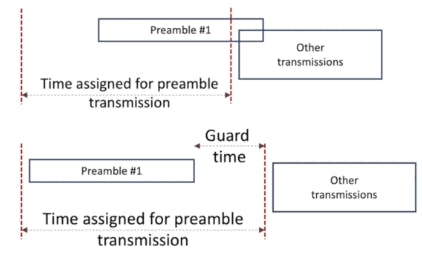
- Power consumption: similarly estimated by SS block. Uses power ramping mechanism where transmission power increases during each re-transmission.
After a predefined no of attempts, if there is still no respond then the random access attempt is considered as failure otherwise continued to the next step.
2.) RAR(Random Access Response):
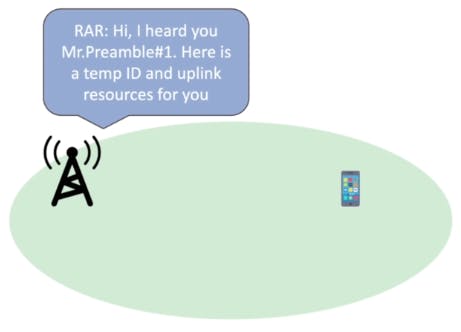
- After transmission of PRACH --> it wait for RAR --> which responds and provide temp ID and uplink resources for further process.
- contains following information:
- Random Access Response
- Address: Random Access Preamble Identifier(RAPI) --> info about preamble. if multiple devices are performing random access at the same time, RAPI tells for which device the respond is actually for.
- Random Access Response
- Timing Correction
- Scheduling Grant(RARG) --> next step
- TC-RNTI --> communication temporary ID
3.) Scheduled Transmission: There are two conditions:
- if there is only one UE --> no collision
- if two devices simultaneously random access the network:
- Different preamble: different TC-RNTI --> no collision
- Same preamble: same TC-RNTI --> collision/contention So, to avoid such collisions we use scheduled transmission. It provides: In this case device send an
- RRC connection setup request -->UE contention Resolution Identity (48 bits unique ID) --> for different UEs no chance of choosing same contention Resolution Identity.
This case is only used when UE random access the preamble for the very first time only.
- C-RIT
4.) Contention Resolution/ Connection Setup: It make sure that another device don't use same ID by:
- Address:TC-RNTI
- Msg4: Unique ID
CFRA: triggered by gnodeb
This procedure can be triggered in following situations:
- Handover
- DL data for UE
- Non-stand alone mode, NR cell
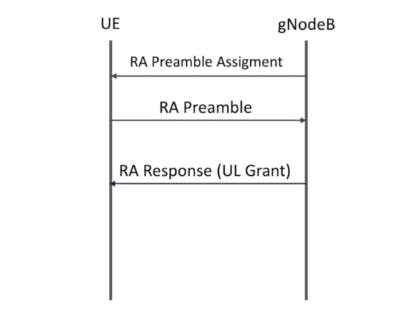 Here we can see that the gnode is providing a specific preamble to UE then UE is random accessing the preamble provided by gnodeb and then the gnodeb responds for UL grant permission. So in the process there is no collision.
Here we can see that the gnode is providing a specific preamble to UE then UE is random accessing the preamble provided by gnodeb and then the gnodeb responds for UL grant permission. So in the process there is no collision.
Summary
